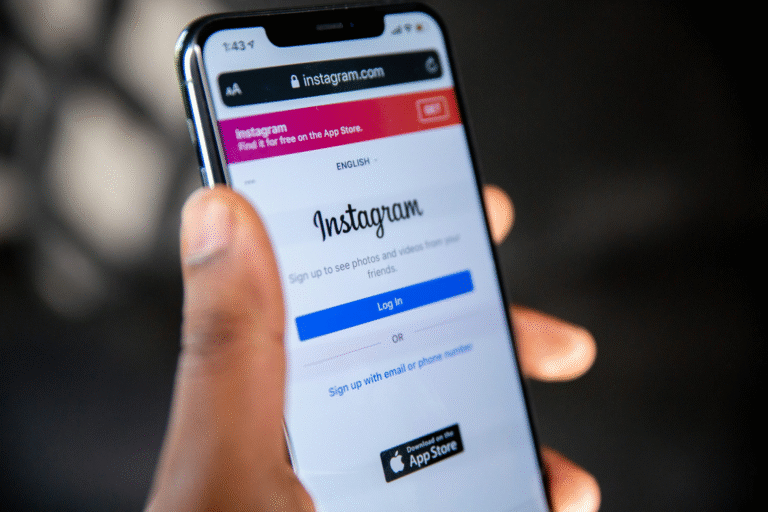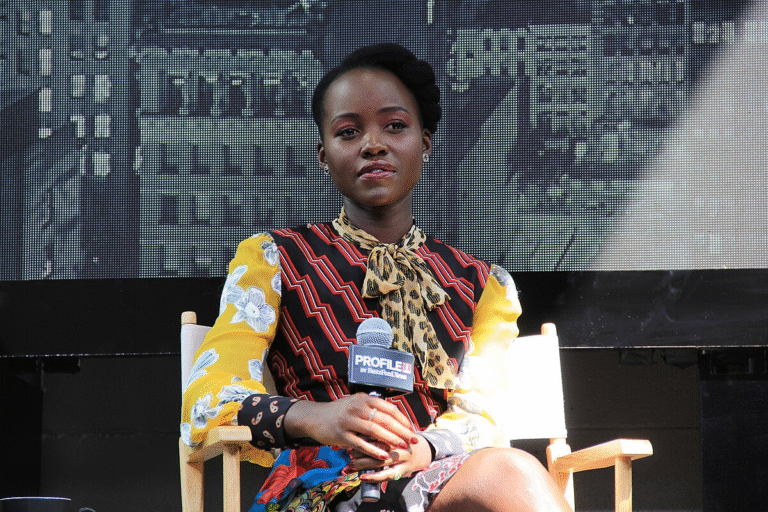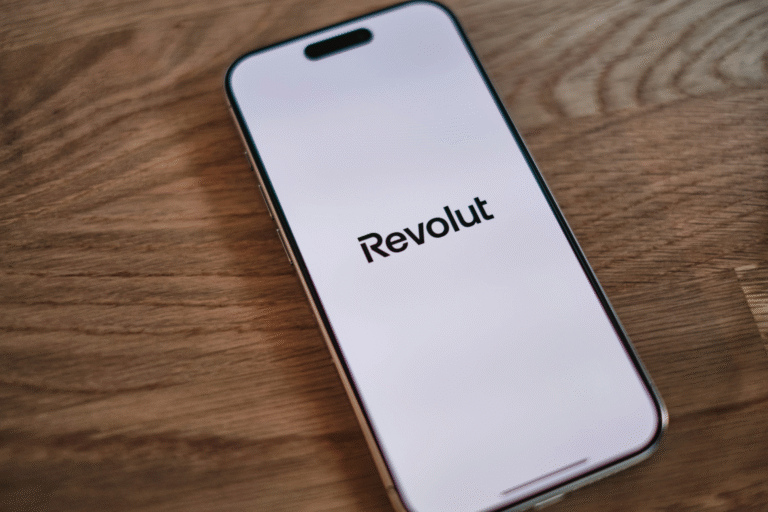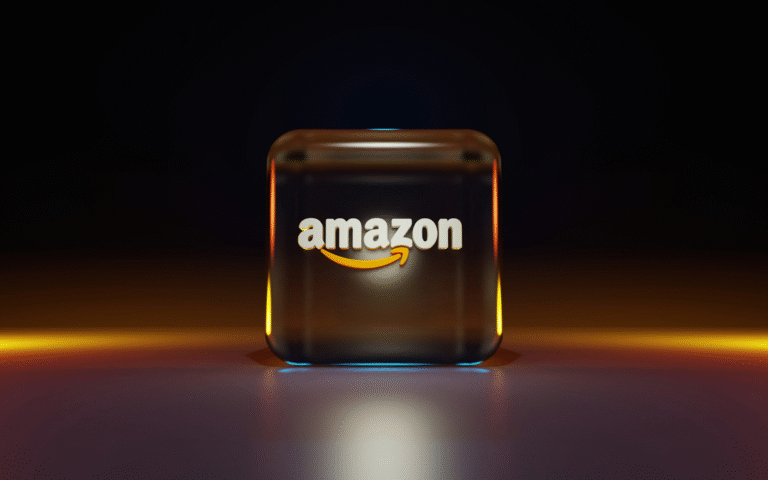CNN‘s choice to stop sending its stories to Apple News is one of those quiet moments in the news business that means something bigger is going on. For years, big newsrooms have used platforms like Apple News to reach more people, get new readers, and stay relevant in a digital world that is becoming more and more divided. But working together in the media is rarely easy. When a big network like CNN pulls out of a major distribution channel, people in the industry start to notice.
According to a report from Semafor, CNN removed its articles from Apple’s news aggregator, effectively ending its content-sharing agreement with the tech giant. For a lot of people who just read the headlines while drinking their morning coffee, this might seem like a small technical change. Within the media world, however, it reflects something many journalists and executives have worried about for years. Who really has power over the relationship between content creators and the platforms that help people find that content? And what happens when one side decides the terms aren’t working anymore?
The report suggests CNN and Apple are still in discussions about a potential new deal, which hints that the relationship may not be over. Having spent time around newsrooms myself, I’ve seen how negotiations like these are rarely about just one issue. They often lead to long, complicated discussions about how to split up money, how to get more exposure, how to analyse an audience, and how to find the right balance between being independent and working together. Platforms promise massive exposure, but exposure comes wrapped in conditions. Publishers want to reach a lot of people, but they also want to be in charge. Even long-term agreements can start to feel like they need to be reset when those interests no longer match up.
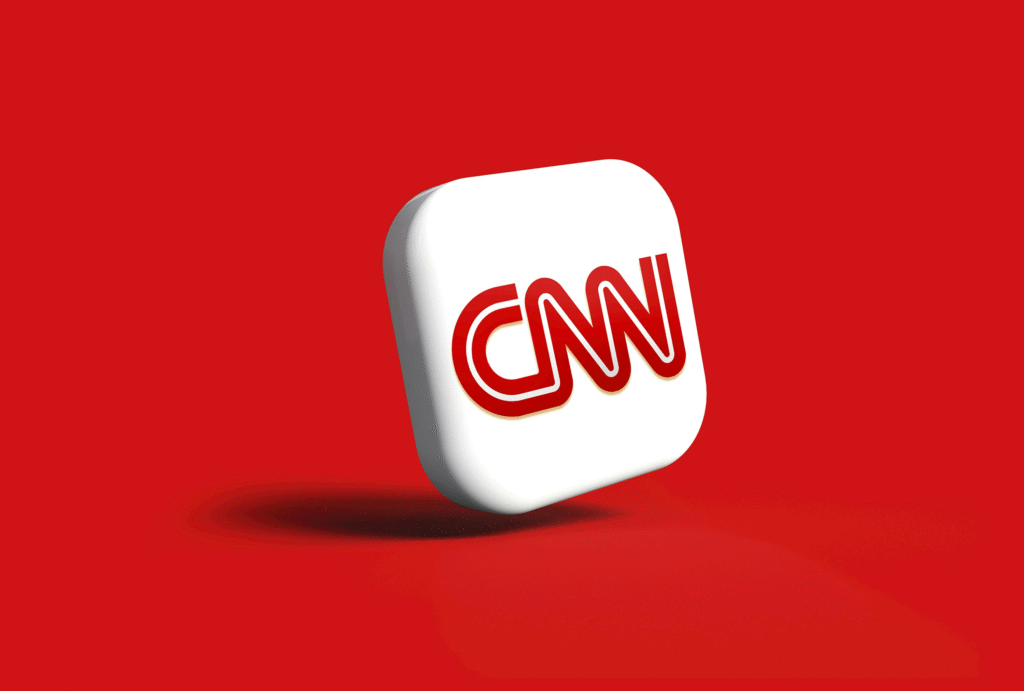
CNN and Apple both chose not to explain to the public why the change happened. When Reuters asked CNN for a comment, they didn’t respond. Apple also didn’t respond right away. People in the media tend to fill silence with speculation. People start to wonder if the disagreement is about money, data, editorial freedom, or just a change in strategy at one or both companies. Even without any confirmed details, it’s not hard to picture how hard this partnership could have been. Apple News gives publishers access to millions of readers on the one hand. It also acts as a gatekeeper that controls how news is found, shown, and made money from.
This tension between platforms and publishers has been building for years. I have heard many editors talk about how hard it is to get their apps seen when they don’t control them. It feels a little like giving someone else the keys to your house and hoping they let you back in when you need something. Apple curates news in a way that can amplify certain stories, bury others, and dramatically influence traffic patterns for large organizations. CNN, being one of the world’s most recognizable news brands, doesn’t rely solely on aggregators for its identity or readership, but distribution still matters. Even for giants.
It’s important to remember that how people read digital news has changed quickly. Platforms used to feel like partners. As time went on, the balance of power changed as algorithms changed and money sources became harder to find. Some publishers were quietly getting angry because they felt like they were doing high-quality journalism while the platforms collected most of the data and, in some cases, the advertising benefits. It’s normal for businesses to rethink their relationship when the imbalance gets too big.
CNN’s decision to stop using Apple News may also show that news organisations want to get back in touch with their readers directly. A lot of publishers are putting a lot of money into newsletters, subscription models, branded apps, and member communities. They’ve figured out that relying too much on outside platforms makes it hard to predict long-term growth. If the rules change or people can’t see them, the effects are felt right away. That kind of uncertainty can feel risky for an industry that is already dealing with smaller budgets and more false information.
Apple News, on the other hand, has made itself a top choice for curated news. The platform is easy to use for readers. Everything is in one place, looks great, and has a mix of free and paid content. But for a publisher, the platform’s strength can also be a weakness. Apple chooses what is premium, what is featured, and what is most important. Publishers might want to have more say over how their stories spread and how readers find them. Especially now, when every article, click, and impression matters.
The timing of CNN’s move makes it more interesting. Media companies are navigating an election cycle, shifting audience habits, and new competition from AI-driven news summaries. When things are like this, it’s even more important to plan how to share content. It wouldn’t be surprising if CNN thinks that owning its traffic is more valuable than sharing it, even if it means being part of someone else’s ecosystem.
This change may not seem big to a reader. Some people might not even notice that it’s gone right away. But choices like this have effects that go beyond the people who make them. Other publishers may keep a close eye on CNN to see if it comes back to the platform or goes in a completely different direction. If one big network changes its terms, other networks may feel like they should do the same. When one player moves first, partnerships change.
There is also the bigger question of how tech companies and media companies can work together in a way that is fair to both sides. It’s been hard for publishers to stay visible without the help of powerful distribution platforms, but the last ten years have shown what happens when they give up too much control. No one has come up with a perfect answer yet, and times like this show us how fragile the balance is.
The situation is still up in the air as talks between CNN and Apple go on. Maybe the two businesses will make a new deal that brings the stories back. This could be the start of a more independent plan for CNN. No matter what, the move brings up an ongoing debate in the digital news world: how to stay visible without giving up freedom, and how to build journalism that lasts in a world where powerful tech companies are in charge.
Right now, the most noticeable thing is the feeling of change. Every year, the news business has to adapt to new situations, and this seems like another step in that process. It is still unclear whether the outcome will be good for readers, publishers, or platforms. It is clear that the relationship between media and technology is always changing, and the choices made behind closed doors today will affect how millions of people get their news tomorrow.








